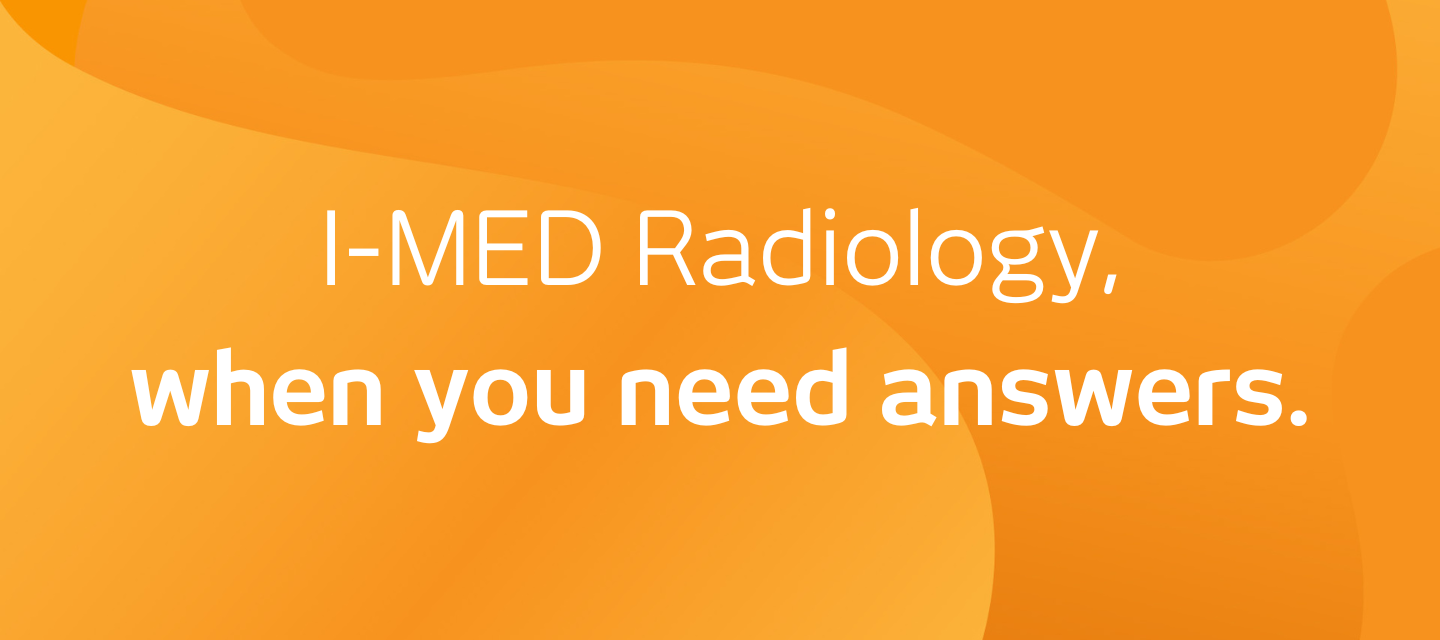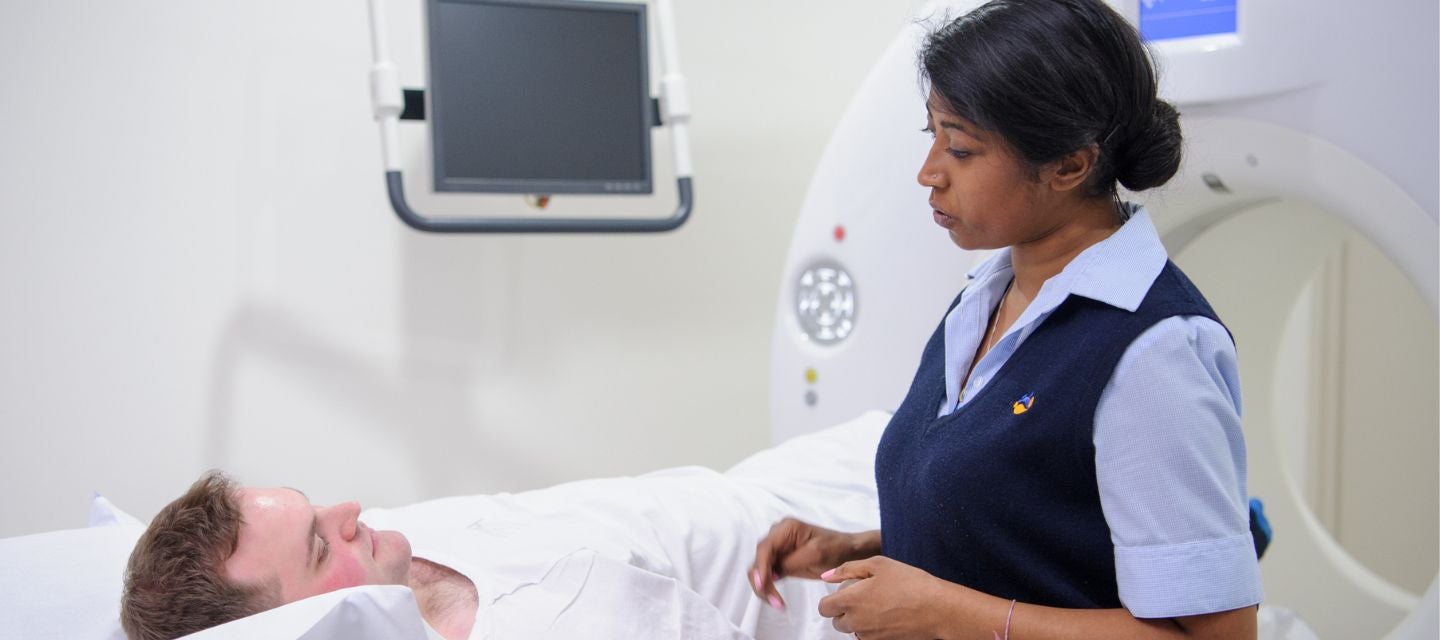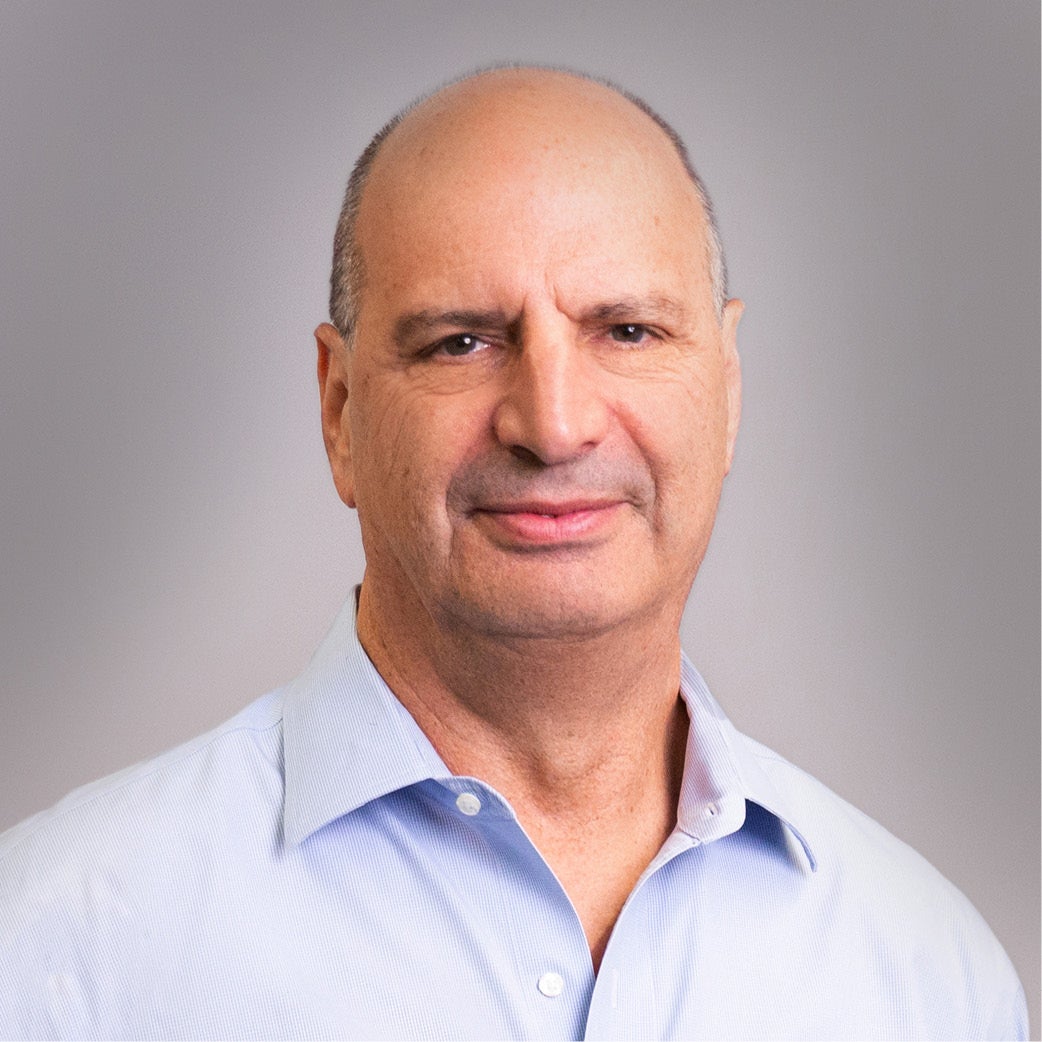

CT lung biopsy
CT lung biopsy

What is a CT guided lung biopsy?
A CT guided lung biopsy is a procedure where a computed tomography (CT) scan is used to guide the placement of a biopsy needle into the lung tissue for sampling. It is a minimally invasive procedure that allows for precise targeting of the abnormal area in the lung while minimising damage to surrounding healthy tissue.
How much will my procedure cost?
Fees for radiology procedures vary and depend on a number of factors, including the type of procedure, what has been requested on your referral and the Medicare rebates available. We will advise you of any fees associated with your examination at the time of making your appointment or when you arrive at the clinic. Alternatively you can contact us and one of our team will be happy to answer any queries regarding fees. For more information about fees and rebates please visit our account FAQs.
Why would my doctor refer me for a lung biopsy? keyboard_arrow_down
Your doctor may refer you to have a lung biopsy for several reasons, including:
- Suspicion of lung cancer: If there are abnormalities detected on imaging tests such as a CT scan or if you have symptoms suggestive of lung cancer, a biopsy may be recommended to confirm the diagnosis.
- Identification of other lung diseases: A lung biopsy can help diagnose various lung conditions such as infections, inflammation, interstitial lung diseases, or granulomas that are not easily identifiable through other diagnostic methods.
- Evaluation of lung nodules or masses: If a nodule or mass is found in the lung, a biopsy can determine whether it is benign or malignant (cancerous).
- Monitoring disease progression: In cases where you have already been diagnosed with a lung condition, a biopsy may be used to assess the progression or response to treatment.
How do I prepare for the procedure? keyboard_arrow_down
Do not eat or drink anything eight hours before your procedure.
Take your usual medications with a sip of water. If you are a Type 1 Diabetic taking insulin, you should talk to your doctor; who will probably have you adjust your usual insulin dose.
If you are taking blood thinning medication such as Warfarin, Aspirin, Clopidogrel (Plavix or Iscover) or Dipyridamole (Persantin or Asasantin), please talk to your doctor, as you may have to stop this medication a few days prior to the procedure.
What happens during the procedure? keyboard_arrow_down
During the procedure, the area where the biopsy needle is inserted is numbed with local anesthesia, and the needle is guided into the lump or lesion using a CT scanner or x-ray machine. Tissue samples are then collected and sent to pathology for testing.
What happens after the procedure? keyboard_arrow_down
After the biopsy, you will be observed for a short period in a recovery area. The medical staff will monitor your vital signs and check for any immediate complications. Once you are stable, you will likely be allowed to go home the same day.
It is common to experience some soreness, discomfort, or mild pain at the biopsy site for a few days. Taking over-the-counter pain medications as prescribed can help manage this. You may also be advised to avoid strenuous activities or heavy lifting during this time.
What are the risks of this procedure? keyboard_arrow_down
Before recommending this procedure, your doctor carefully considered both its benefits and risks in comparison to the benefits and risks of not proceeding. Based on this evaluation, your doctor believes that proceeding with the procedure would be beneficial for you. It's important to note that like any medical procedure, there are potential risks and complications associated with it. Some examples of these risks include, but are not limited to, the following:
Common risks and complications (more than 5%) include:
- Minor bleeding at the puncture site.
- Coughing up small amounts of blood.
- Collapsed lung. When the needle is removed it may leave a fine hole in the surface of the lung. This hole allows air to escape into the space between the lungs and the ribs causing the lung to collapse. This hole often quickly seals itself and the lung re-inflates. If not, you may need a chest tube inserted between the ribs to reinflate the lung. This may require a longer stay in hospital.
- Increased risk in obese people of wound infection, chest infection, heart and lung complications and thrombosis.
Uncommon risks and complications (1- 5%) include:
- Infection of the space around the lung. This will need antibiotics.
- Air embolism. An air bubble enters the blood stream from the lung. This can travel to the heart causing a heart attack or to the brain causing a stroke.
Rare risks and complications (less than 1%) include:
- Emergency surgery due to complications with the procedure.
- Death because of this procedure is rare.
How do I get my results? keyboard_arrow_down
Your doctor will receive a written report on the radiology procedure as soon as it is practicable. The sample collected will be sent to a pathology provider for analysis, and the results will be sent to your doctor as well.
It is very important that you discuss the results with the doctor who referred you so they can explain what the results mean for you.
Related procedures

This information has been reviewed and approved by Dr Ronald Shnier (I-MED Chief Medical Officer).
Related articles

Related procedures

This information has been reviewed and approved by Dr Ronald Shnier (I-MED Chief Medical Officer).
How much will my procedure cost?
Fees for radiology procedures vary and depend on a number of factors, including the type of procedure, what has been requested on your referral and the Medicare rebates available. We will advise you of any fees associated with your examination at the time of making your appointment or when you arrive at the clinic. Alternatively you can contact us and one of our team will be happy to answer any queries regarding fees. For more information about fees and rebates please visit our account FAQs.
Related articles

